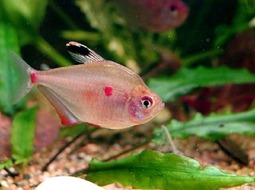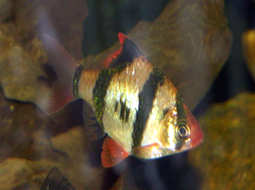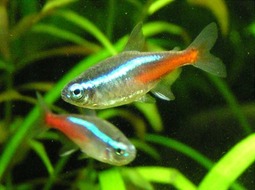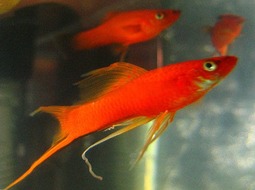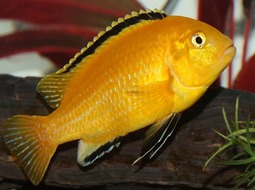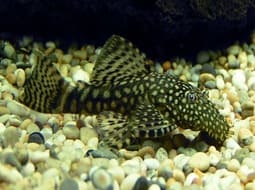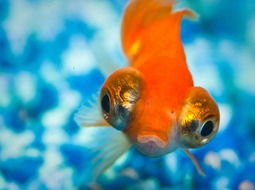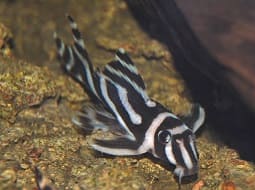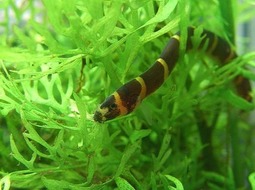
Loading Aqualapp ...
Care and Compatibility of Common carp - Cyprinus carpio
Introduction
Cyprinus carpio, commonly known as the common carp, is a freshwater fish species belonging to the Cyprinidae family. Native to Asia, this species has been bred and acclimated worldwide due to its value as a game fish and its adaptability to different aquatic environments. Common carps are known for their robust size, adaptability, and resilience.
Behavior
Common carps are gregarious fish and can form large groups in calm waters. They are active swimmers and can explore both the bottom of the waterbody and the water column in search of food. They are highly resilient fish and can survive in a wide range of water conditions. Common carps are omnivorous and feed on a variety of organic materials, including aquatic plants, insects, crustaceans, and detritus.
Sexual Dimorphism
Sexual dimorphism in Cyprinus carpio is difficult to distinguish visually. However, during the breeding season, males may develop tubercles on the head and pectoral fins, and may exhibit more active courting behaviors.
Reproduction
Breeding of common carps occurs during the spring and summer when water temperatures are warmer. During the spawning process, males chase and nudge females to release eggs and sperm into the water. The eggs are adhesive and stick to available vegetation or substrates. Fry hatch after a few days and require care and protection from adults.
Aquarium Conditions
Cyprinus carpio, commonly known as the common carp, is a freshwater fish that requires a large, well-oxygenated pond or aquarium. It prefers a sandy substrate and abundant vegetation to feel comfortable. It's important to provide them with plenty of space to swim and explore.
Feeding
Common carps are omnivorous and feed on a wide variety of food. Their diet includes plant matter such as algae, aquatic plants, and seeds, as well as aquatic invertebrates like insects, worms, and crustaceans. They can also consume decaying organic matter and detritus. Common carps have a voracious appetite and can be fed a balanced diet that includes commercial fish food as well as fresh vegetable supplements.
Complexity
Caring for Cyprinus carpio can be challenging. They are hardy fish, but they can grow quite large and produce a large amount of waste, which can make aquarium maintenance intensive. Additionally, they can be prone to diseases if an adequate environment is not provided.
In case you need more help, or if you want to know into any topic related to the Cyprinus carpio (Common carp) and even any other species you can use the forums to ask what you need.
To do an analysis more detailed about coexistence and behavior of Cyprinus carpio (Common carp) use the Aquarium simulation tool, if you do this you can test different ways to combine the Common carp with other fishes giving the dimensions and space on you aquarium, on this way you can known the optimal configuration for keep the fishes that you want.
You can also find out the 44 species compatible with the Cyprinus carpio (Common carp) can live together.
Note: The parameters of the water such as PH and temperature are also used to calculate the compatibility of the species.
Compatible species (44)
Compatible (11 Species)
Compatible without any restriction
Knowing Yourself From Small (1 Species)
They can live together if they have known each other since they were very small, that is, they grew up and grew up together. it does not work in all cases, there may be exceptions.
Similar Sizes (21 Species)
They can live together if they are of similar sizes, but obviously the koi fish will grow and the time will come when it could fit through the mouth of the koi fish and eat it.
They can coexist if they are the same size or very similar sizes, it does not work in all cases, there may be exceptions.
Si el pez koi es lo suficientemente grade puede devorar al pez monjita. procurar que el pez monjita no quepa en la boca del koi.
Estos peces son compatibles si son de un tamaño similar, ninguno depreda sobre el otro y viven en distintas zonas del acuario
Pueden convivir si son de tamaños similares, pero evidentemente el pez koi ira creciendo y llegara el momento en que podría caber por la boca del pez koi y comérselo.
With Reservation (2 Species)
Compatible in some cases, it depends on the nature and personality of the fish.
Considerable size difference (8 Species)
They can coexist while they are similar in size or the size difference is not very abysmal, since as the fish grows it increases the chances of eating its partner that did not grow much.
They can live together if they are of similar sizes, but obviously the koi fish will grow and the time will come when it could fit through the mouth of the koi fish and eat it.
Compatible if space is enough (1 Species)
They can coexist together if the aquarium they share is large and spacious enough for both species to feel good, as some fish may attack others to feel that they have little space and try to eliminate the competition.
Common carp
Cyprinus carpio
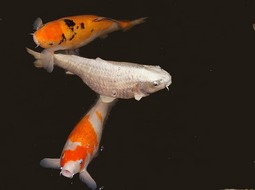
- Ph: 6.5 - 9
- Temperature (c°): 17 - 24
- Measures: 20 cm - 120cm
- Aquarium Capacity:
360 Liters - 95 Gallons - Alimentación: Omnivores
- Colores: Black, Orange, Red, White, Yellow
- Comportamiento: Active, Peaceful
- Habitad: Asian
- Morfología: Bright colors
- Preferencias del Acuario: Caves, Natural plants, Rocks
- Tamaño: Very Big
- Taxonomía: Fish
- Tipo de Agua: African, Sweet water
- Velocidad de nado o movimiento: Normal
- Zona de Nado: Aquarium background, Swim in the middle of the aquarium, Swimming on aquarium surface




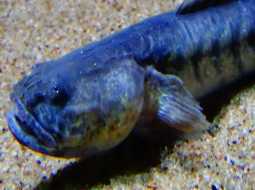
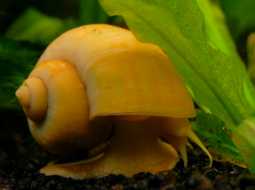
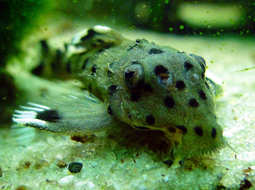
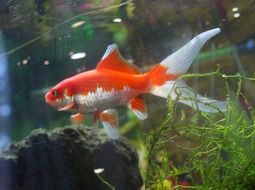
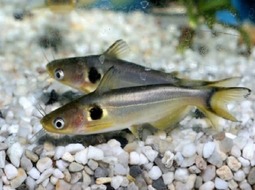
.jpg)
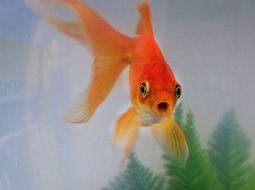
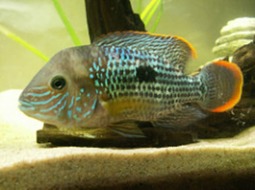

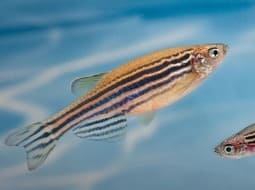
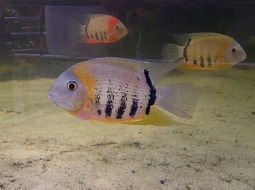
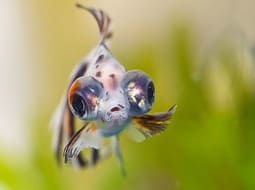

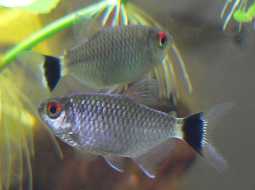
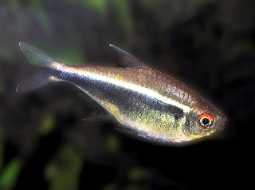
.jpg)
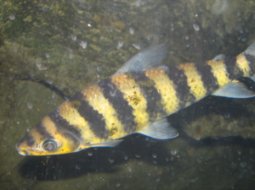
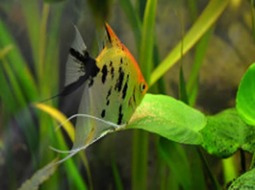

.jpg)



